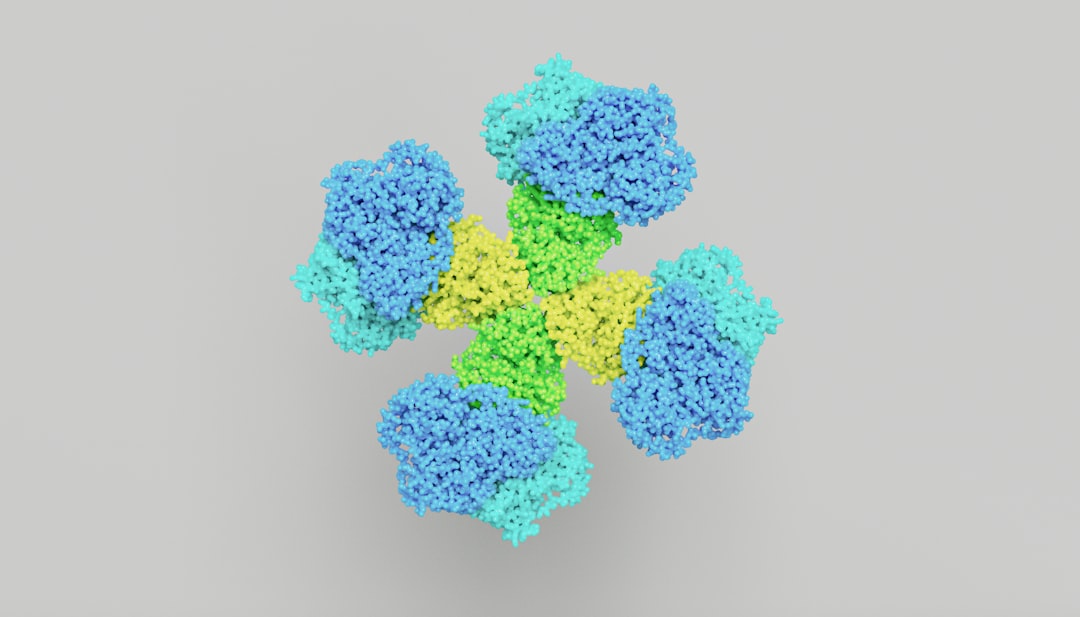What is it about?
During field screening trials conducted in Brazil in 2015, adults of both sexes of the cerambycid beetles Cotyclytus curvatus (Germar) and Megacyllene acuta (Germar) (subfamily Cerambycinae, tribe Clytini) were significantly attracted to racemic 3-hydroxyhexan-2-one and racemic 2-methylbutan-1-ol, chemicals which previously have been identified as male-produced aggregation-sex pheromones of a number of cerambycid species endemic to other continents. Subsequent analyses of samples of beetle-produced volatiles revealed that males of C. curvatus sex-specifically produce only (R)-3-hydroxyhexan-2-one, whereas males of M. acuta produce the same compound along with lesser amounts of (2S,3S)-2,3-hexanediol and (S)-2-methylbutan-1-ol. Follow-up field trials showed that both sexes of both species were attracted to synthetic reconstructions of their respective pheromones, confirming that males produce aggregation-sex pheromones. The minor pheromone components of M. acuta, (S)-2-methylbutan-1-ol and (2S,3S)-2,3-hexanediol, synergized attraction of that species, but antagonized attraction of C. curvatus to (R)-3-hydroxyhexan-2-one. Beetles of other cerambycine species also were attracted in significant numbers, including Chrysoprasis linearis Bates, Cotyclytus dorsalis (Laporte & Gory), and Megacyllene falsa (Chevrolat). Our results provide further evidence that 3-hydroxyhexan-2-one is a major component of attractant pheromones of numerous cerambycine species world-wide. Our results also highlight our increasing understanding of the crucial role of minor pheromone components in imparting species specificity to cerambycid pheromone blends, as is known to occur in numerous species in other insect families.
Featured Image
Read the Original
This page is a summary of: Interspecific Cross-Attraction between the South American Cerambycid Beetles Cotyclytus curvatus and Megacyllene acuta is Averted by Minor Pheromone Components, Journal of Chemical Ecology, February 2018, Springer Science + Business Media,
DOI: 10.1007/s10886-018-0933-5.
You can read the full text:
Contributors
The following have contributed to this page










